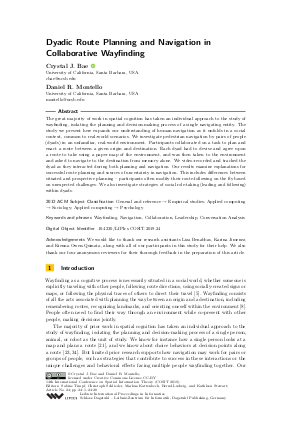LIPIcs.COSIT.2019.24.pdf
- Filesize: 4.48 MB
- 20 pages

 Creative Commons Attribution 3.0 Unported license
Creative Commons Attribution 3.0 Unported license




































Feedback for Dagstuhl Publishing